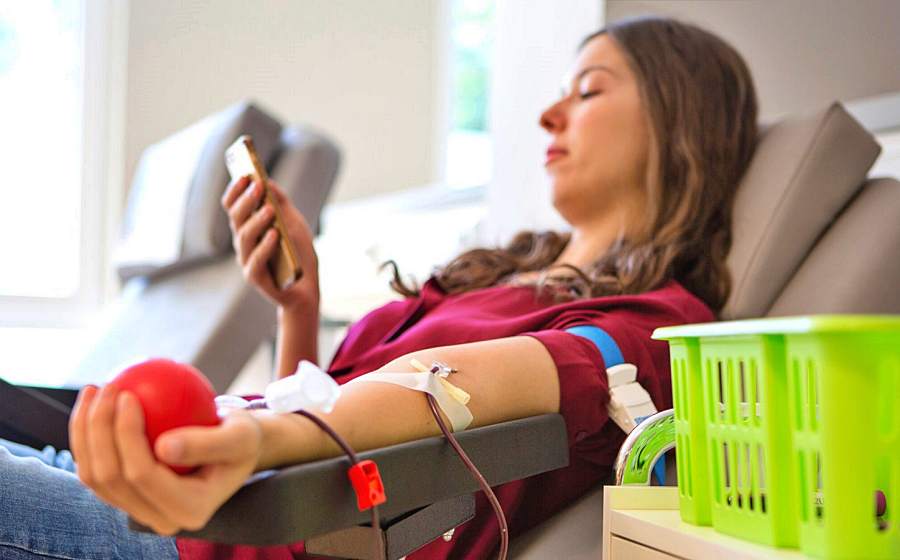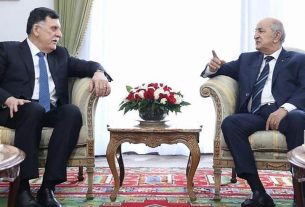Wed 15 June 2022:
Up to 40% of the annual blood donations worldwide are collected in high-income countries that are home to 16% of the world’s population, according to the World Health Organization (WHO).
World Blood Donation Day is being observed on Tuesday to raise awareness of the need for safe blood and blood products globally, to highlight the contribution of free blood donation to countries’ health systems, and to encourage voluntary blood donation.
The motto of this year’s World Blood Donation Day is “blood donation is an act of solidarity. Join the effort and save lives.”
Blood and blood products are used in various situations such as bleeding associated with pregnancy and childbirth, anemia due to malaria and malnutrition, blood and bone marrow disorders and hereditary hemoglobin disorders, trauma, emergency, disaster and accident situations, as well as surgical operations.
Countries need regular blood donations to provide the necessary support in situations where blood needs arise, especially in emergency situations.
Blood donations positively affect the health of the donor while keeping the spirit of solidarity alive in society.
According to WHO data, of the 118.5 million blood donations collected globally, 40% of these are collected in high-income countries, home to 16% of the world’s population.
In these countries, the blood donation rate stands out at 3.1%, while it is 1.6% in middle-income countries and 0.5% in low-income countries.
Of the 60 countries worldwide where the blood donation rate is below 1%, 34 are on the African continent, nine in the Western Pacific, five in the Southeast Asian Region, and four each on the American continent, around the Mediterranean, and in Europe.
In low-income countries, about 54% of blood transfusions are performed on children under the age of five, while in high-income countries, about 76% are performed on people above the age of 60.
SIGNIFICANT INCREASE IN BLOOD DONATION
Due to the local and global initiatives such as World Blood Donation Day, awareness of blood donation has increased, and there has been a significant increase in blood donation rates.
The WHO announced that between 2008 and 2018, an average increase of 10.7 million units was recorded in global blood donations. The largest increase was observed in Southeast Asia with 127%, followed by the Americas and Africa with 81% each.
In total, 79 countries collect more than 90% of their blood supply from voluntary unpaid blood donations, while in 54 countries, more than 50% of the blood supply is still dependent on family/replacement and paid blood donors.
About 33% of blood donations worldwide are made by women and 67% by men.
WHO recommends that all activities related to blood collection, testing, processing, storage and distribution be coordinated at the national level through effective organization and integrated blood supply networks.
“The national blood system should be governed by national blood policy and legislative framework to promote uniform implementation of standards and consistency in the quality and safety of blood and blood products,” according to WHO.
BLOOD DONATION IN TÜRKİYE
The Turkish Red Crescent announced that in the first quarter of 2022, blood donations in Türkiye caught up with the pre-COVID-19 level.
The figures in the country were over 2.42 million units in 2020 and more than 2.75 million units in 2021.
It is noted that Türkiye needs about 3 million units of blood donations annually.
Experts say that every healthy person over 50 kilograms (110 pounds) between the age of 8 and 65 can become a blood donor.
-AA
___________________________________________________________________________________________________________________________________________
FOLLOW INDEPENDENT PRESS:
TWITTER (CLICK HERE)
https://twitter.com/IpIndependent
FACEBOOK (CLICK HERE)
https://web.facebook.com/ipindependent
Think your friends would be interested? Share this story!





